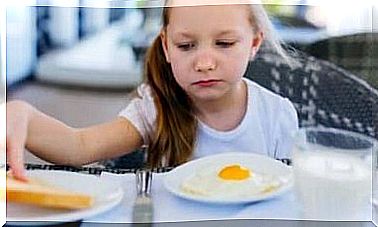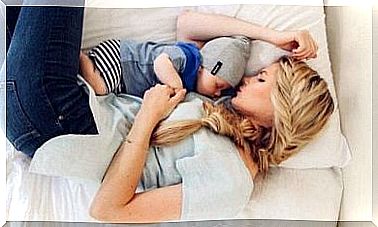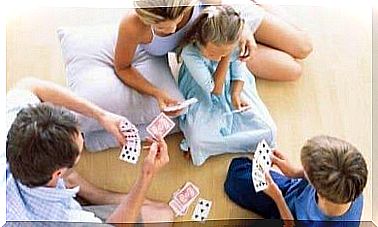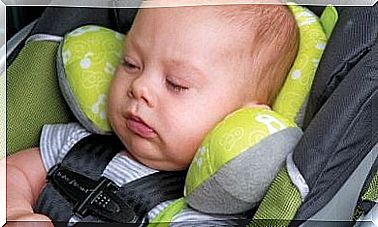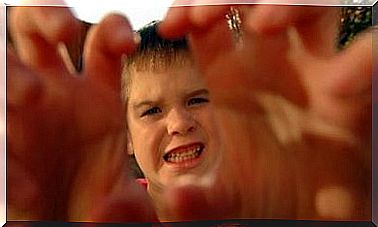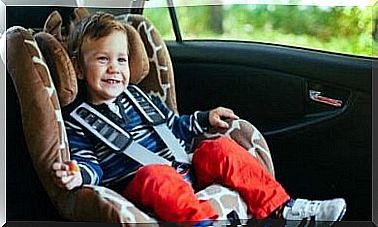Landau’s Reflection: What It Is And How To Recognize It

The Landau reflex is one of the many reflexes that occur during the first months of a baby’s life. It is a typical expression of childhood and a symptom of a functioning nervous system.
Below we explain what the Landau reflex consists of , its characteristics and other reflexes that you can monitor in the little one.
Like all stimuli, the Landau reflex is an involuntary response of the body. Reflexes are involuntary acts of the organism. They are inherent in the DNA and allow the individual to adapt to the environment that surrounds him and with which he interacts.
They can be primary, such as yawning, sneezing or blinking. Others may be secondary, that is, those that are “learned” during growth.
To check the Landau reflex, you have to put the baby prone (tummy down) and hold him in your arms at a right angle. Reflexively, the baby should straighten his back and stretch all extremities including the head.
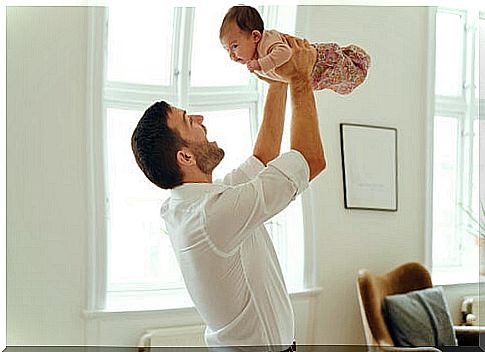
Generally these movements are accompanied by bending of the knees and elbows. What the baby tries to do is to counteract the effect of gravity and lean forward in search of visual references.
Characteristics of the Landau reflex
- It appears during the fourth month of life up to the age of two, although many scholars mark its conclusion around the first year of age.
- Represents the combination of the tonic-labyrinthine, neck tonic and visual reflex.
- As the baby develops voluntary and conscious movements this reflex decreases in intensity.
- The most recommended is that it be seen by a professional. The reasons are two: first, only a professional will be able to assess the situation in the best way; second, if you are not able to control the movements of the baby you could make him fall or give him inappropriate maneuvers.
What does the absence of this reflection mean?
The absence of this response may suggest the baby’s motor weakness or poor mental development. It will therefore be appropriate to stimulate his motor development in an adequate manner. It is best to have the situation evaluated by your trusted pediatrician.
Doctors soon examine babies for this reflex. This test is not only quantitative but also qualitative. That is to say, not only the presence of the reflex is recorded but also its execution, although it is involuntary.
If the desired effect is not achieved, it could be considered a symptom of deficiency. When the movement is weak, it can mean muscle weakness; if it is exalted, it may be a result of Withdrawal Syndrome; if it is asymmetrical it may be a symptom of clavicular or nerve root injury.
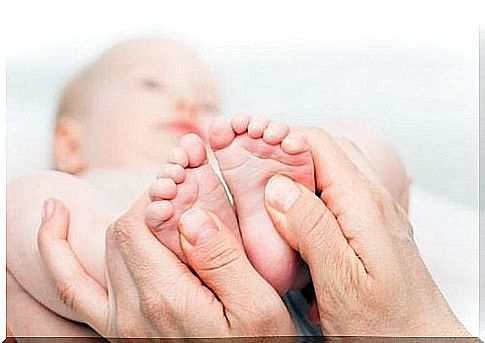
Secondary reflexes
The Landau reflex is not the only one that characterizes the baby’s first months of life. Among the main ones we also find:
- Prehensile reflex: when the baby clenches his fist to grasp objects.
- The gait reflex: the baby starts walking as soon as his feet touch the ground.
- Galant reflex: lying on his stomach, if hit lightly on the spine, the child turns to the stressed side.
- The abdominal reflex. It occurs like the previous one. With the baby on his stomach, stimulate the abdominal area and you will cause a bending of the trunk.
- Drag reflex: the baby is placed on his stomach. He will begin to move his legs as if to crawl. This reflex occurs in the first 3 months of life before the final cat movement.
- Crawling reflex: Occurs when the previous stimulus is widely developed. The baby must be placed prone on a hard surface. It will react immediately and start crawling. This happens around 6 or 7 months until the little one learns to walk.
- Reflex to stretch the fingers: when the child holds the fist clenched, lightly stroke the fingers up to the wrist. This will open your hand. This technique is very useful to prevent the little one from grabbing any type of object.
